Why you can trust TechRadar
The 2.2-inch display isn't exactly the largest for a mobile nowadays, so if you're keen on spending hours glued to video on your mobile, you may want something a bit more substantial on the screen front.
For watching the odd video clip or bit of content, though, the display's adequate – it's clear enough and plays clips smoothly in full-screen mode lengthways, but its' not a patch on OLED displays like those in the higher-end HTC Legend and Desire.
As well as downloading or sideloading video content, you can also subscribe to video feeds for streaming content to the phone from online services. A link to YouTube is also lined up in the video folder.
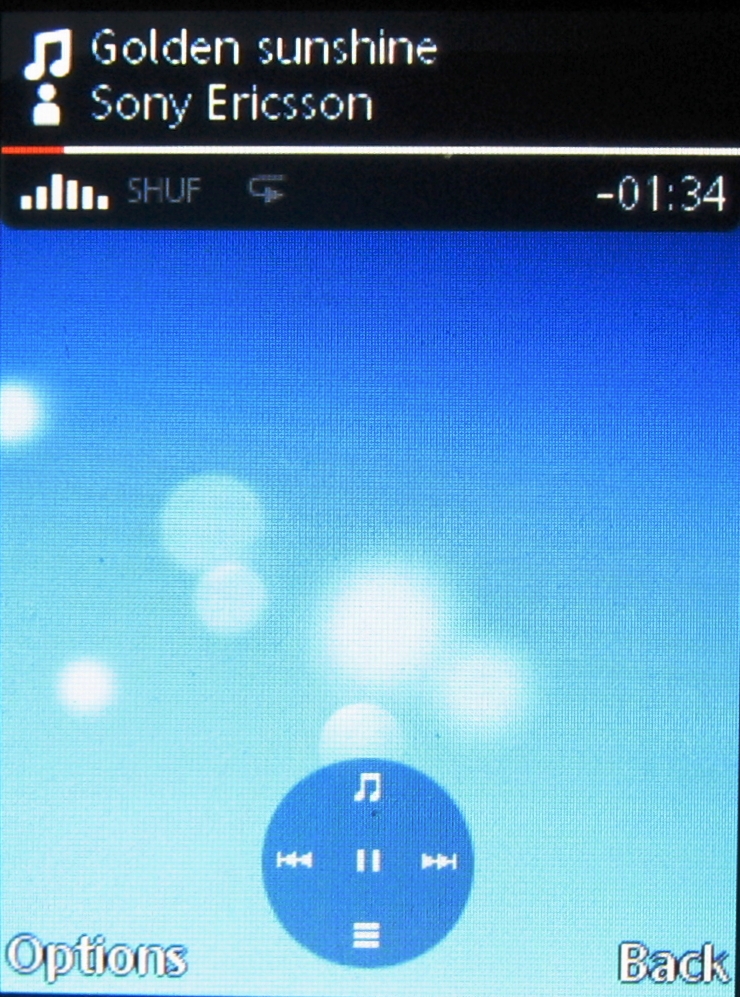
The Sony Ericsson Elm mostly hits the right notes when it comes to its music player. The lack of a 3.5mm headphone socket or in-box adapter is a shame – the supplied average-quality earphones connect via a typical Sony Ericsson multi-connector on the side.
The music player itself is the usual tidy bit of software Sony Ericsson ships on its mid-tier models that is not that far removed from its Walkman phone software. It's arranged straightforwardly and lists are presented intuitively, so you know where you are in the menus.
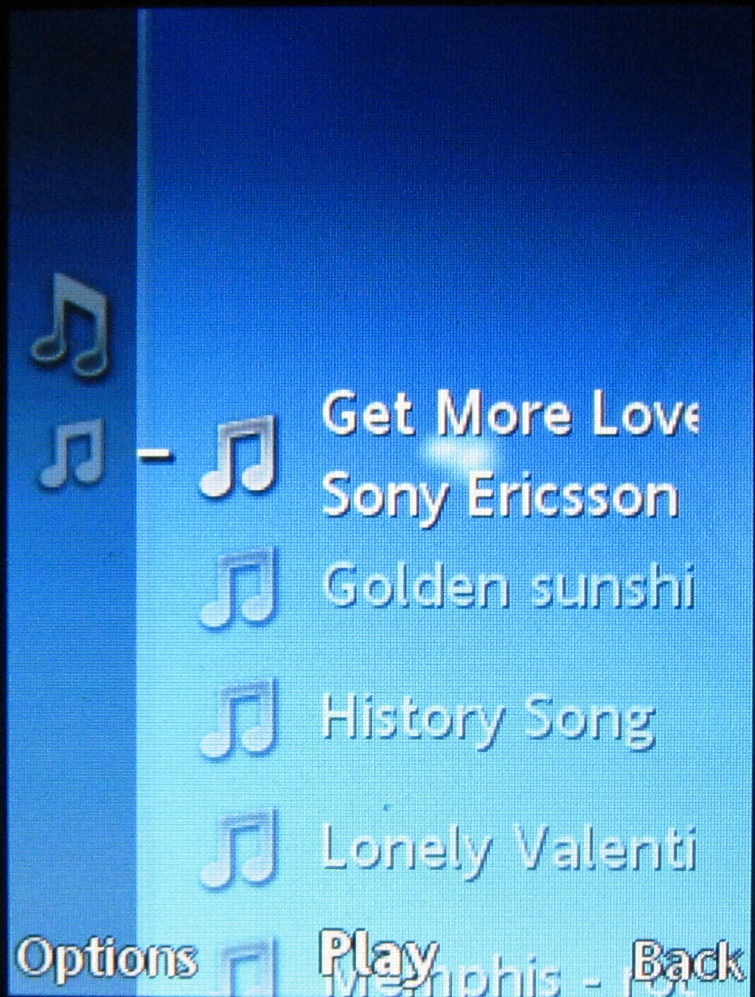
The user interface uses conventional D-pad control, and it can play in the background when you're doing other stuff.
Although there's no iPhone-like graphical wizardry, you can change the background while the tune player does it's job to a few music-related animations, including moving CD and record-spinning graphics.
Other elements in the settings controls have had a little sprucing-up too, including the equaliser settings, switches for stereo widening, shuffle and so on. It doesn't move the music player functionality on much from previous models, but gives it a slight change in looks.
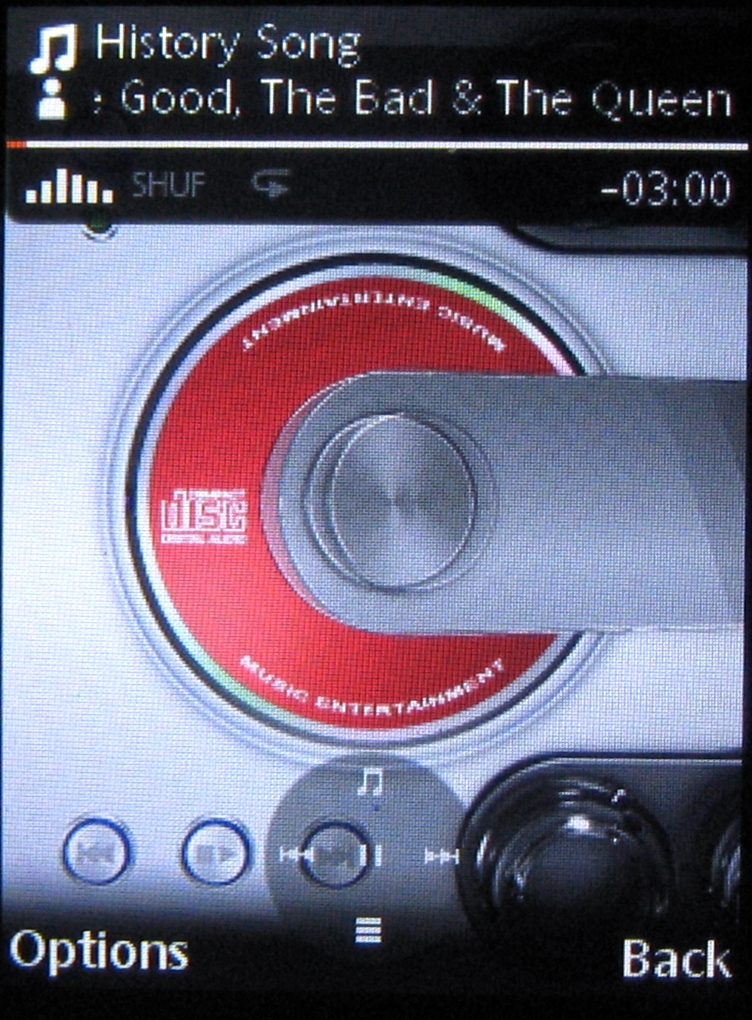
Categories include the usual albums, artists, playlists and tracks, plus genres, years and Sony Ericsson's SensMe category – where you can create playlists by selecting tracks on the criteria of mood and tempo (which you can assign to individual tracks using Sony Ericsson's PC Media Go software before loading on to the phone).
There are also headings for podcasts and audio books you've downloaded, while a link to the Sony Ericsson PlayNow service opens up more possibilities for loading music and other content.
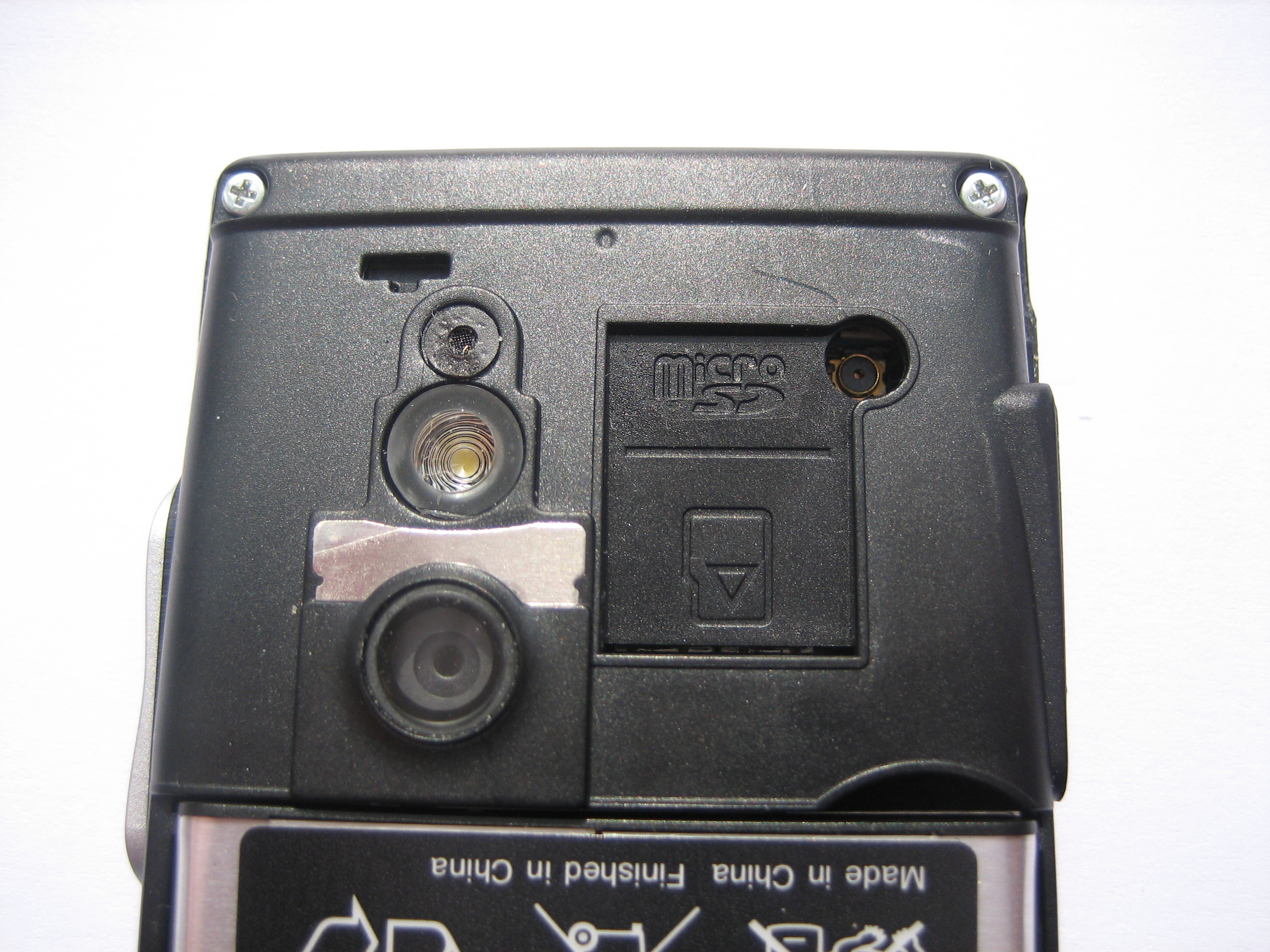
The 280MB of onboard memory can be supplemented by microSD cards up to 16GB, should you want to fully utilise the tune-playing potential. Tracks can also be downloaded and streamed over the air via Wi-Fi or HSPA connections.
Sony Ericsson's in-box earphones – a stereo portable hands-free HPM-60J headset – are mediocre performers. Sound quality through them isn't particularly impressive, sounding quite bland and not as rich as we've come to expect from better Walkman handsets.
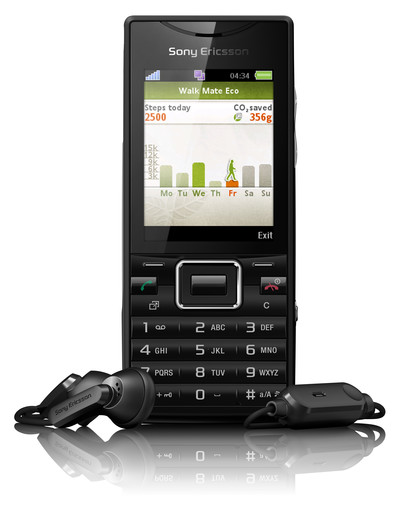
Volume can't be whacked up as high as we'd like either. Bass was a touch muddy, and we noticed a bit of distortion when we slapped the MegaBass equaliser settings on one of our regular bass-heavy test tracks.
We'd recommend sourcing a spare Sony Ericsson adapter for standard headphones if you want to experience a higher quality music experience.
Using the adapter from a Walkman phone we had lying around with modestly-priced Sennheiser headphones made a huge difference to the sound quality.
The FM radio function is easy to set up and perfectly serviceable, and Sony Ericsson's dependable TrackID software for identifying music you hear around you or on the radio (by recording clips and automatically searching the Gracenote database for a match), is present and correct.

Current page: Sony Ericsson Elm: Media
Prev Page Sony Ericsson Elm: Camera Next Page Sony Ericsson Elm: Battery life and other